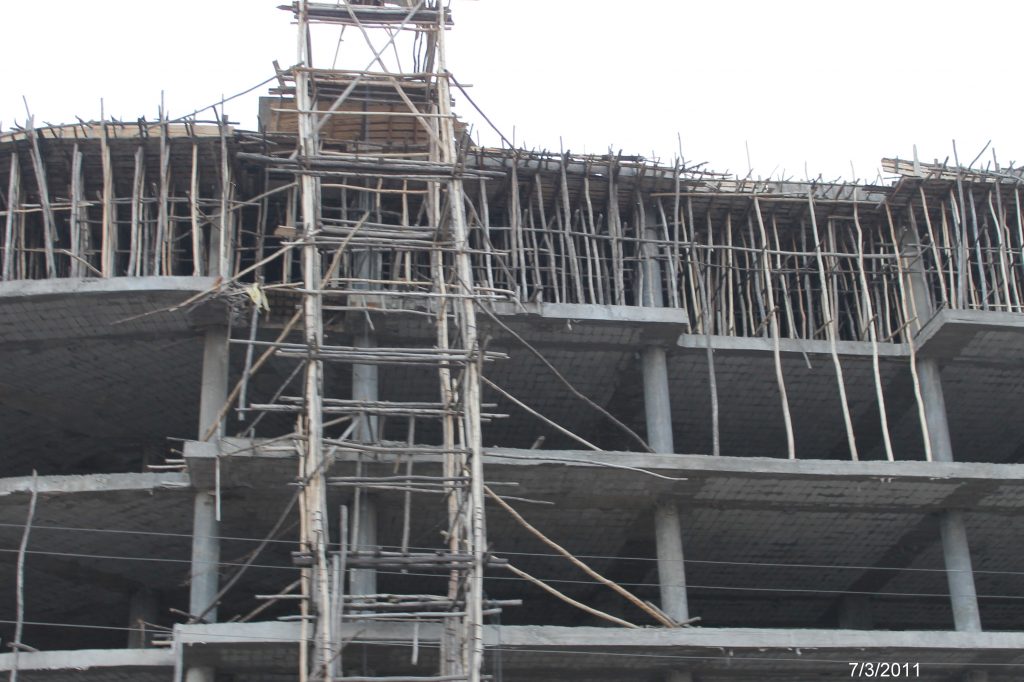I wanted to venture off into another topic, but one not far from this blog. I plan to fly off in different directions periodically because other things are important to talk about.
I have been to Ethiopia 4 times in 3 years and will be going back this year, probably in May 2015. If you haven’t been there, this video can give you a glimpse into the roads and drivers. This is a time-lapse video but once you see it, you will remember it when you leave there.
On the surface, Ethiopia looks like you might expect it (to in some places- but it isn’t like this everywhere) and it won’t look this for long.
There is so much work being done to develop infrastructure throughout the country, you might be surprised as you walk around Addis Ababa. Roads are being paved, buildings are being built (check out the scaffolding!), stores and restaurants are open and the city looks vibrant! And while the country is being developed, there are areas that need to stay as they are in order to protect the rich history and significance.



One of these areas is Lalibela. In Lalibela, there are 11 churches that were built as a symbolic representation of Jerusalem. Lalibela is known for these churches that were not actually BUILT but were each carved and chiseled out of the mountain.
The best known is the Church of St. George that was excavated (40 feet down) instead of constructed. This church was built after King Lalibela’s death. Enough history… but such a fascinating destination you have to see them in person.

Just as Addis Ababa and surrounding cities are being modernized, so is the medicine. Residents are being trained both in Ethiopia and other countries. Equipment is improving, health is improving and lives are being saved. Although sometimes equipment that is donated by well-meaning individuals becomes non-usable because it breaks or a fuse is bad, or an expensive light bulb wears out (that is expensive and not available), it doesn’t mean that equipment shouldn’t be donated. For the time that the equipment is used, patients are being helped and the doctors are given the opportunity to learn to use the equipment that will find its way back to them again in the future.
Medical missionaries travel to Ethiopia to teach and work aside physicians, nurses, technicians, medical assistants and everyone else who is working to improve the health of Ethiopians. The medical missions are organized and originate from many different countries of the world. Additionally, there are many countries and non-governmental organizations who provide enormous financial assistance to Ethiopia and not less importantly, there are MANY smaller groups who give their time, effort and money to improve the lives of the people in Ethiopia.
Finally, I titled this post, What can we do?
The answer is obvious. Though it doesn’t have to take place in Ethiopia.
1) Volunteer at a local food shelter or home for the aged.
2) Work at a free health clinic, homeless shelter, animal shelter or participate in building projects in your area.
3) Donate supplies to organizations, participate in fund-raising events or donate your own funds.
4) Travel to another city, state, or country and donate your time, effort, supplies, money or knowledge.
5) There are many other things to do to help. Just do SOMETHING.
